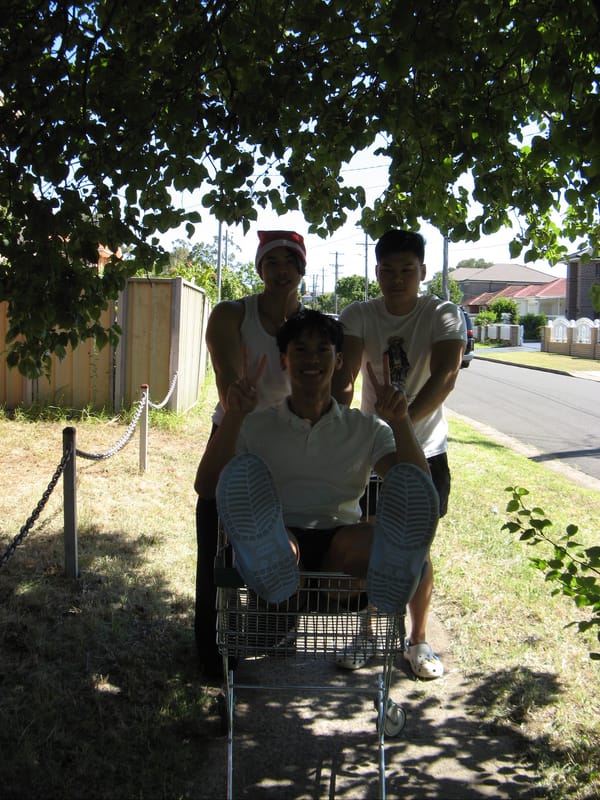Harmony in Defiance: Living Within Nature’s Contradictions

There was a time I believed we were better off going against nature. The idea of “letting things happen” felt passive—almost weak. Survival, I thought, was about control: bending the world to our will, carving out our place in it. To resist nature seemed like a triumph, a way to rise above its chaotic indifference and prove ourselves distinct from it.
But the more I thought about it, the more I realised something unsettling: defying nature doesn’t free us from it. Rebellion is not an escape—it’s an entanglement. Every act of resistance, every grasp for control, remains bound by the same web of forces. We’re never outside of nature, only shifting our position within its vast, intricate design.
Nature’s Paradox
Take the vulture bee, for example. Unlike its honeybee relatives, it doesn’t gather nectar or pollinate flowers. It feeds on carrion, living off decay. At first glance, the vulture bee seems like an anomaly—a creature that defies nature’s gentler rhythms, a scavenger on the fringes of life’s design. But this is an illusion. By consuming what others avoid, it takes a vital role in the cycle of life. It doesn’t reject nature; it adapts, thriving in its darker corners.
The same could be said for us. What looks like defiance—a refusal to go with the flow—is often just another way of engaging with nature’s design. Survival isn’t about stepping outside of nature; it’s about navigating its more complex, less forgiving layers.
Living Within the Tension
Nature is often romanticised as harmonious and kind, but it is neither. It’s raw. Indifferent. A balance of beauty and decay, creation and destruction. To exist within it is to live in that tension, to accept the paradox of moving with it even when it feels like we’re moving against it.
Marcus Aurelius understood this. When he spoke of living in harmony with nature, he wasn’t referring to serene landscapes or tranquil streams. He meant the whole of it—the order and the chaos, the brutal and the sublime. Harmony, to him, wasn’t about surrender but understanding: knowing when to move with the current and when to resist it, not in defiance, but as a means of survival.
The Quiet Defiance of Survival
Survival doesn’t often look like the graceful narratives we tell ourselves. It’s not always noble or clean. Sometimes it’s messy, strange, even unsettling. The vulture bee reminds us of this. Its choice to feed on carrion isn’t rebellion—it’s survival. It thrives not by rejecting nature but by embracing the parts of it others ignore.
Our own acts of defiance—our attempts to hold our breath against the tide—are the same. To resist is not to escape but to engage, stepping deeper into the intricate web of forces that bind us. What we call rebellion is often just nature expressing itself through us, its logic playing out in quieter, more peculiar ways.
Finding Our Place
Here’s the truth that stays with me: to defy nature isn’t to oppose it. It’s to participate in it differently. Survival means stepping into the darker corners of its design, where chaos and balance meet. It’s not about breaking the rules but recognising that the rules are far more flexible—and ruthless—than we might like to admit.
Living in harmony with nature isn’t about surrendering to its will. It’s about understanding its cycles, contradictions, and complexities—and choosing, deliberately, where to stand.
Past Echoes
• Meditations by Marcus Aurelius: A Stoic’s guide to accepting the harsh, beautiful order of existence.
• The Lives of Bees by Thomas D. Seeley: Insights into the fascinating adaptations of creatures like the vulture bee.
• The Ant and the Peacock by Helena Cronin: A deep dive into the tensions between evolution, survival, and beauty.
A Thought to Sit With
Nature is strange. It asks so much of us—conformity and rebellion, patience and persistence. But perhaps that’s the point. To survive is to live within the contradiction, to embrace the way we navigate within the darkest corners. In the end, harmony isn’t about yielding to nature or defying it. It’s about recognising that we are it, always, and finding a way to move forward within its inescapable design.


